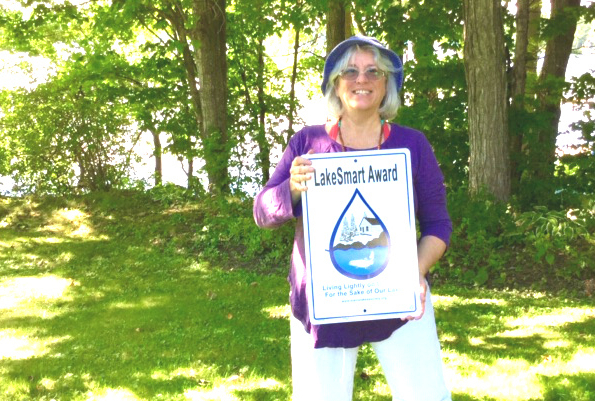
Norman Rockwell’s painting of Rosie the Riveter in 1943.
What is Labor Day to you? In actuality it depicts the social and economic successes of workers here in the USA. Once a year we set aside a day which would be most beneficial to the working class to rest, reflect and enjoy family and friends. It happens to be one of my most favorite holidays as it falls on the first Monday of September, which historically is a wonderful day – weather wise, and also follows a Sunday, thus allowing most of the working class a long weekend. This allows for planning and short travel excursions. There are only so many great friends and family long weekends in a life time and this is one of the best. All the things the family loves to do can be done on the first of September; swimming, camping, cookouts, boating, and short trips and just getting together for a fun filled restful experience.
Labor Day is not steeped in fanfare, yet it usually gets packed with lots of memories. It also brings notice to the contributions the American worker has made to provide strength, well being and prosperity to the greatest country the world has ever known. So much has been given by so many to bring our country to where it is today. When we think of achievements we think in terms of the past and, of course, that is a very good place to start. Our forefathers knew what it was to work from sun up to sun down. Sunday was usually reserved for God and family. A lot has changed since those days, however, Labor Day will always be a work in progress. Having a growing problem has always been a hurdle to deal with. Sometimes we face them head on and sometimes we don’t do as good a job. However, we usually vault the hurdles and join together and grow. We always find the middle.
Government involvement began by ordinance in 1885-86. From this a movement was secured in the state legislature. A bill was introduced in the New York state legislature but became law first in Oregon on February 21, 1887. That same year four more states joined the movement, Colorado, Massachusetts, New Jersey and New York. By the end of the 1880s Connecticut, Nebraska and Pennsylvania would join. Twenty-three more states would soon follow. Now it’s here for all to enjoy.
On June 28, 1894, the U.S. Congress passed an act delegating the first Monday in September of each year as a legal holiday in Washington D.C., and its territories (now states).
It is argued that the Labor Day holiday was proposed by Peter J. McGuire, a Union leader. However, recent research seems to award this honor to Matthew McGuire, another union leader. Both men hold the distinction of union leaders. Whichever of the two was the rightful originator, we can thank them both. The first Labor Day was celebrated on Tuesday, September 5, 1882, in New York City. The second one on September 5, 1883. In 1884 the first Monday of September was chosen as the holiday; “the working man’s holiday.” A show of strength and “Esprit de Corps,” of trade and labor organizations was manifested. (Spirit, pride of a body person).

Naomi Parker Fraley, who Norman Rockwell used as a model for his painting.
The purpose/meaning of this holiday has met with some bumps in the road as of late; however, I am a firm believer that we as a nation, diverse in so many ways, will always come together as one, when needed. That is what makes America great and so resilient. Our individualism and diversities will never circumvent our willingness to be as one when it is needed.” Those who tend to divide us are as weeds which the gardener will extract as he tills the soil.”
So remember, my friend, when you think of Labor Day, remember what it took to get where we are now and the cost that had to be paid. Thank your ancestors for leading the way and for the great work ethic instilled in most of us. Always remember, God was with them as he is with you now. He knew it would take both men and women working side by side to make it happen. History has proven this to be true. There are many famous works of art regarding Labor but one of my favorites is the World War II depiction of strength and solidarity characterized by Naomi Parker Fraley, known to the world as “Rosie the Riveter.” In 1943 the great Norman Rockwell sketched Rosie for the Saturday Evening Post. The painting became a national treasure. Rosie lived to be 96 years of age. What she stood for lives on.
Have a safe and wonderful holiday. And help us remain united and strong. God be with you and God Bless America.
 Central Church, a multi-site church in Central Maine, is excited to announce the opening of Central Grounds. A grand opening celebration was held on July 30, at their China Campus (627 Route 3).
Central Church, a multi-site church in Central Maine, is excited to announce the opening of Central Grounds. A grand opening celebration was held on July 30, at their China Campus (627 Route 3).




 The Farmers Market at Pumpkin Vine Family Farm is excited to launch their Maine Harvest Bucks program on Sunday, September 1, just in time for the fall harvest season! Fill your market basket for less by using your EBT/ SNAP card to purchase any of of the fresh, local food at the market (meat, cheese, eggs, bread!), then receive a dollar for dollar match in Maine Harvest Bucks, that can be used to buy fresh fruits and vegetables.
The Farmers Market at Pumpkin Vine Family Farm is excited to launch their Maine Harvest Bucks program on Sunday, September 1, just in time for the fall harvest season! Fill your market basket for less by using your EBT/ SNAP card to purchase any of of the fresh, local food at the market (meat, cheese, eggs, bread!), then receive a dollar for dollar match in Maine Harvest Bucks, that can be used to buy fresh fruits and vegetables.




